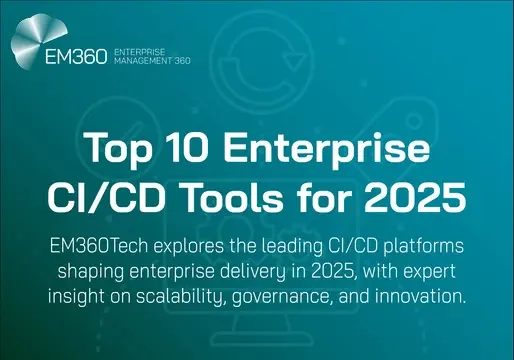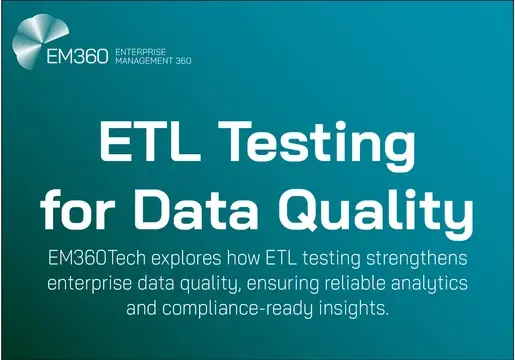If your organization desires to achieve certain results from its data, then creating a strategy is a mechanism to help get there. After all, the purpose of a strategy is to define a roadmap for reaching any number of organizational goals.

What is a Strategic Plan?
A strategic plan is an agreed set of clear actions that typically includes how decisions will be made and how funds will be allocated. It provides high-level guidance to an entire organization or a subset, depending on the focus of the plan. Leaders and teams will know what needs to be done and how work should be prioritized. Strategic plans should be updated regularly.
Surprisingly, more than a few organizations operate without a strategic plan, and while it’s certainly not absolutely essential, the absence of such a plan creates a lot of risk. For example, competing goals by different departments unsure of corporate direction can cause projects to fail. In addition, a high degree of dysfunction may define operations. Business strategies are difficult to create and execute, but they can be enormously beneficial in helping organizations succeed.
Every business manages data, but not every one of them does it well. Even less govern their data in a formal manner. Poor data management and governance won’t help to create a data culture that results in data becoming a valuable enterprise asset. A thoughtful, agreed and approved plan will most likely be the best way to get these areas to the level desired for the business.
Why Create a Data Strategy?
The role of a data strategy is to articulate a high-level data plan. Gartner, a global IT insights company, defines data strategy as “a highly dynamic process employed to support the acquisition, organization, analysis, and delivery of data in support of business objectives.” Intuitively, this means that a data strategy is an important component of fostering and guiding the creation of a data culture.
A data strategy may be part of a broader business strategy, or it may be standalone. Each business needs to decide which path is best for them. In either instance, there are areas that should be considered prior to developing the data strategy. Each of these can help determine the focus.
1. Data Maturity
Data maturity is the degree to which the organization has a mature set of data practices already in place. This includes areas such as data quality, processes, skills, and security. There’s a distinct difference between an organization that has been optimizing for data over a long period, versus one that has just begun the process.
2. Size and Type of Organization
Intuitively, large, complex businesses require a different level of planning versus those that are smaller and less complicated. In addition, some industries have much greater data requirements than others. Consider organizations in healthcare and financial services. Both the nature of these industries and the regulatory environments in which they operate suggest more emphasis on data.
When considering what to include in a data strategy, there are five areas that are common to most.
Five Data Strategy Areas
- First is about identifying. In order that data is locatable and usable, it should be clearly defined and described.
- Second is about storing. This relates to the system options available to retain data including how it is shared, accessed, and processed.
- Third is provisioning. This is about determining the processes for sharing and accessibility to data.
- Fourth is processing. This area concerns itself with how raw data is made valuable to consumers of that data. It includes areas such as data cleansing, standardization, and integration.
- Finally, fifth is governing. For this, the processes for the creation, management, enforcement, and communication of policies and procedures are defined.
In addition to these core five areas, you’ll likely include items specific to the business, and its mission and vision. A data strategy must be fully and tightly aligned with the organization’s goals. The strategy should also include roles and responsibilities both overall and for specific data needs.
How Detailed Should Your Strategy Be?
Some strategy plans keep guidance at a high-level while others include a lot more detail. For example, a data strategy may or may not include details on the desired enterprise data architecture. This would include areas such as systems and applications. It may even go deep on design and development choices for technical backend processes such as ETLs — how data is extracted, transformed, and loaded.
Developing and executing a data strategy will drive data management and governance and in turn provide a healthy foundation for a data culture. It’s an important deliverable for every organization to consider.
This post is adapted from Dr. Jonathan Reichental’s upcoming brand new online video course, Building a Data-Driven Culture, which comes out in fall 2023.
In the interim, you can enjoy Dr. Reichental’s popular online video courses and also check out his best-selling books, including Data Governance for Dummies, here: reichental.com/learn
Join his newsletter to get timely updates on leadership and technology HERE.








Comments ( 0 )